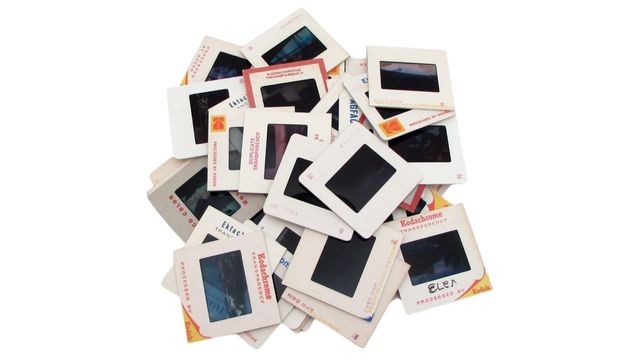Understanding the Mini DV Video Format
MiniDV tapes were all the rage in the late 1990s and early 2000s. If you remember holding a small, palm-sized camcorder during birthdays or beach vacations, you probably used a MiniDV camcorder. These tapes packed a surprising amount of quality into a small cassette—offering crisp digital video at a time when VHS was still analog.
The Mini DV video format records in digital, which made it easier to edit footage on a computer. But it came with a tradeoff: specialized equipment was needed to play it back. And today, those camcorders and decks are increasingly rare.
Still holding on to your MiniDV tapes? Choosing a MiniDV to digital service might be the only reliable way to rescue those memories—before the camcorders (and the tape heads) stop working entirely.

VHS: The Nostalgic Giant
While MiniDV tapes were sleek and modern in their day, VHS was the reliable giant of the 1980s and 1990s. Families recorded sitcoms off TV, made home movies on clunky camcorders, and passed down VHS tapes like heirlooms. But the analog format means VHS recordings degrade over time—even when sitting untouched on a shelf.
VHS tapes are also bulky. They don’t store well, and fewer and fewer VCRs remain functional. If you’ve tried to fast forward through old family tapes, you know how tedious and unpredictable the format can be.
Fortunately, a VHS to digital conversion can help you store, share, and preserve those memories without needing a player at all.

DV to Video: A Misunderstood Phrase
People sometimes search for DV to video when they’re trying to figure out how to play their MiniDV tapes. In reality, the tapes already are video—they just need to be transferred to a modern format, like MP4, so they can be watched on phones, computers, or smart TVs.
This process involves specialized equipment and patience. Instead of trying to DIY, you may want to consider America’s best video tape conversion service. These services take old media—including MiniDV, VHS, and even VHS-C—and digitize them carefully, so you get files that are easy to download and enjoy.
MiniDV to Digital: Your Best Long-Term Option
When it comes to MiniDV vs VHS, both formats are outdated—but not out of reach. The most important step is to convert them before the equipment becomes impossible to find, or the tape becomes unplayable.
A professional MiniDV to digital service doesn’t just give you a raw file. It gives you a copy you can save in the cloud, share with your family, and revisit with ease. If you've got both VHS and MiniDV tapes, learn more about the history of video to see how we got here—and why now is the best time to protect what matters most.

📧 Want more tips like this?
Subscribe to Heirloom emails to learn how to preserve your priceless memories. Get discount codes for expedited shipping, quality digitizing, and secure cloud storage. We never spam, and it’s easy to unsubscribe at any time.


